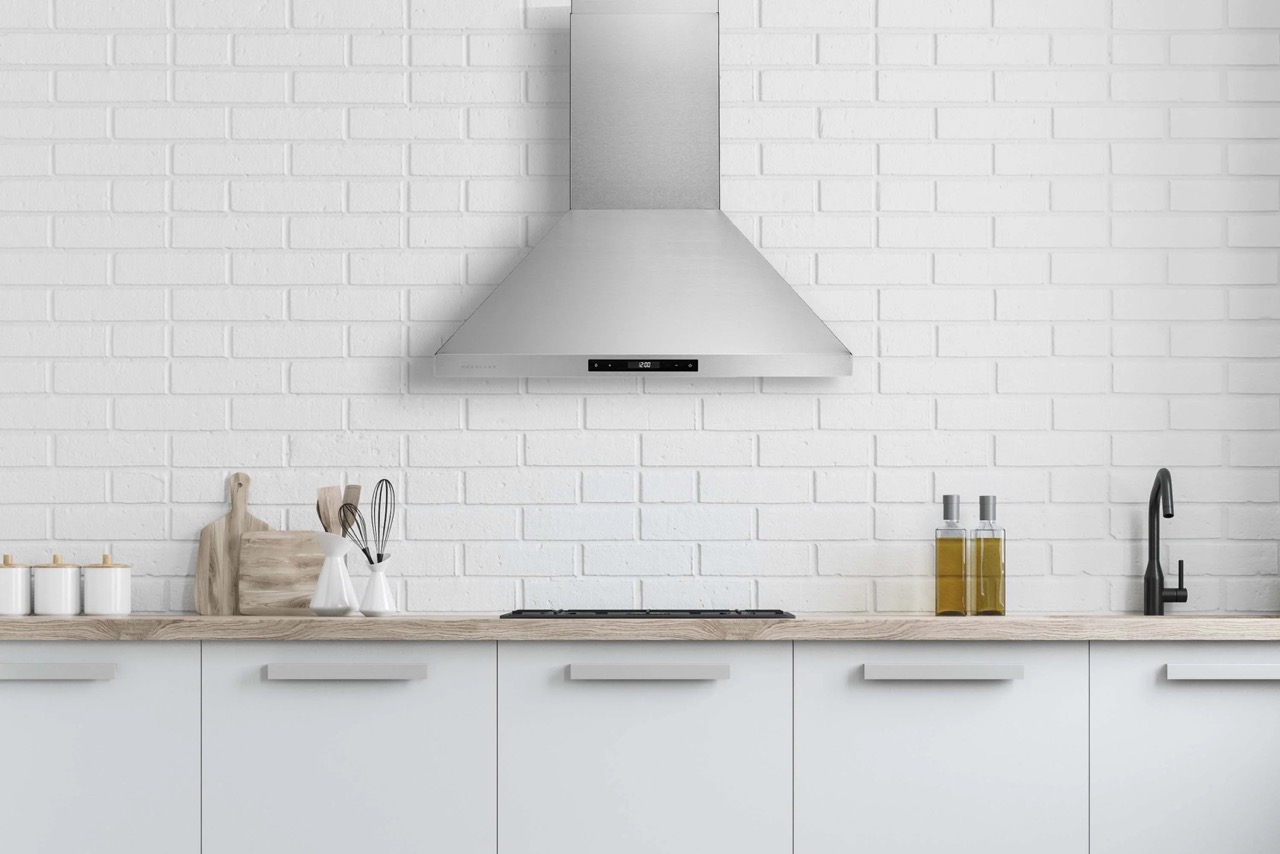

Articles
How Many CFM Needed For Range Hood
Modified: February 29, 2024
Looking for articles on how many CFM are needed for a range hood? Discover expert insights, tips, and advice on choosing the right CFM for your kitchen ventilation.
(Many of the links in this article redirect to a specific reviewed product. Your purchase of these products through affiliate links helps to generate commission for Storables.com, at no extra cost. Learn more)
Introduction
Proper ventilation in the kitchen is essential for maintaining a clean and healthy environment. Cooking can release a variety of pollutants, such as smoke, grease, and odors, which can be detrimental to our health and can make our homes unpleasant to live in. One of the key components of a well-ventilated kitchen is a range hood.
A range hood, also known as an extractor hood, is a vital appliance that helps remove airborne contaminants generated during cooking. It effectively captures and filters out smoke, grease, and other pollutants, preventing them from spreading throughout the kitchen and the rest of the home.
When choosing a range hood, one crucial factor to consider is the CFM, or Cubic Feet per Minute, which is the measurement of the volume of air that the range hood can vent or move per minute. The CFM rating determines the effectiveness of the range hood in removing the pollutants and maintaining a clean and fresh cooking environment.
In this article, we will delve into the importance of proper ventilation in the kitchen and help you understand the factors to consider when determining the CFM requirements for your range hood. We will also guide you through the process of calculating the total CFM needed for your kitchen and provide insights on selecting the right CFM range hood for your specific needs.
So, if you’re ready to transform your kitchen into a clean and healthy cooking space, let’s dive into the world of CFM and discover how to choose the ideal range hood for your kitchen’s ventilation needs.
Key Takeaways:
- Proper ventilation in the kitchen is crucial for a clean and healthy cooking environment. Choosing a range hood with the right CFM rating ensures effective removal of pollutants and odors, promoting a pleasant cooking experience.
- Calculating the total CFM needed for your range hood involves considering factors such as kitchen size, BTU output, cooking type, and duct configuration. This comprehensive approach ensures optimal ventilation tailored to your specific kitchen needs.
Read more: What Is Good CFM For Range Hood
Understanding CFM (Cubic Feet per Minute)
CFM stands for Cubic Feet per Minute and is a measurement used to determine the volume of air that a range hood can move or vent in one minute. It indicates how quickly the range hood can expel airborne contaminants from your kitchen. Understanding CFM is crucial in selecting the right range hood for your specific cooking needs and kitchen size.
To put it simply, CFM is a measure of airflow. The higher the CFM rating, the more air the range hood can move. This is important because an underpowered range hood may not effectively remove smoke, steam, grease, and odors from your kitchen, leaving you with poor ventilation and an unpleasant cooking experience.
When it comes to CFM, it’s essential to consider the size of your kitchen and the type of cooking you do. If you have a small kitchen with limited cooking activities, a range hood with a lower CFM rating may be sufficient. On the other hand, if you have a larger kitchen or frequently cook with high heat and strong aromatics, a higher CFM range hood might be necessary to adequately ventilate your space.
It’s worth noting that the CFM requirement for a range hood is typically specified by the manufacturer based on the size and capacity of the range hood. However, these recommendations can vary, and it’s essential to understand the factors that can influence your specific CFM needs.
In addition to size and cooking habits, other factors such as the layout of your kitchen, the type of range you have, and the length and configuration of the ducting can also impact the required CFM for optimal ventilation. It’s important to consider these factors to ensure that you choose a range hood with the appropriate CFM rating to meet your ventilation needs.
In the next section, we will delve into the importance of proper ventilation in the kitchen and discuss the various factors to consider when determining the CFM requirements for your range hood. By understanding these factors, you will be better equipped to choose a range hood with the right CFM rating for your kitchen, ensuring effective and efficient ventilation during your culinary adventures.
Importance of Proper Ventilation in the Kitchen
Proper ventilation in the kitchen is crucial for several reasons. It not only helps improve indoor air quality but also plays a significant role in maintaining a clean and healthy cooking environment. Let’s explore the importance of proper ventilation in the kitchen and how it can benefit you.
1. Removal of Airborne Contaminants: During the cooking process, various pollutants are released into the air, including smoke, grease particles, steam, and odors. These contaminants can linger in the kitchen, affecting the air quality and causing discomfort. A range hood with adequate CFM helps capture and remove these pollutants, ensuring that your kitchen remains fresh and free from harmful substances.
2. Prevention of Health Issues: Inadequate ventilation in the kitchen can lead to the accumulation of pollutants, which can trigger respiratory problems and allergies. Smoke, for example, contains harmful chemicals and fine particles that can irritate the respiratory system. Efficient ventilation, facilitated by a properly sized range hood with the right CFM rating, helps protect your health and the wellbeing of your family by reducing exposure to these pollutants.
3. Reduction of Cooking Odors: Strong cooking odors can permeate the entire home, making it unpleasant for occupants and guests. A range hood with sufficient CFM can effectively remove cooking odors by quickly exhausting them outside or filtering them through a charcoal filter. This helps keep your home smelling fresh and inviting.
4. Prevention of Grease Buildup: Cooking oils and grease particles can accumulate on surfaces, cabinets, and walls when not properly ventilated. This greasy buildup not only creates a mess but also poses a fire hazard. A range hood with an appropriate CFM rating helps capture and exhaust grease particles, reducing the potential for grease buildup and keeping your kitchen cleaner and safer.
5. Prevention of Heat Accumulation: Cooking generates heat, especially when using high-temperature cooking methods. Without proper ventilation, this heat can become trapped in the kitchen, making it uncomfortable and causing the air conditioning system to work harder. A range hood with a higher CFM rating helps remove excess heat, keeping your kitchen cooler and more comfortable.
By investing in a range hood with the right CFM rating, you can ensure that your kitchen is well-ventilated, promoting a healthier and more pleasant cooking environment. It’s important to consider your kitchen size, cooking habits, and other factors when determining the CFM requirements for your range hood. In the next section, we will explore these factors in more detail to help you choose the ideal CFM rating for your specific needs.
Factors to Consider when Determining CFM Requirements for Range Hoods
When it comes to determining the CFM requirements for range hoods, there are several important factors to consider. By taking these factors into account, you can ensure that your range hood provides effective ventilation and meets the specific needs of your kitchen. Let’s explore these factors in more detail:
1. Size of the Kitchen: The size of your kitchen is a crucial factor in determining the CFM requirements for your range hood. Larger kitchens generally require a higher CFM rating to adequately ventilate the space. As a general rule of thumb, it’s recommended to have a range hood with a minimum of 100 CFM for every square foot of kitchen area. However, additional factors, such as the layout and ceiling height, should also be considered.
2. BTU Output of the Range: The BTU (British Thermal Unit) output of your range is another factor that influences the required CFM for your range hood. BTU is a measure of the heating power of your range, and higher BTU outputs mean more heat and pollutants generated during cooking. As a guideline, you should have a minimum of 100 CFM per 10,000 BTUs of your range. For example, if your range has a BTU rating of 40,000, your range hood should have a minimum CFM rating of 400.
3. Type of Cooking: Different cooking methods produce varying levels of smoke, steam, and odors. If you frequently cook with high heat, use techniques like stir-frying or grilling, or work with strong-smelling ingredients, you will require a range hood with a higher CFM rating. On the other hand, if your cooking is more moderate and doesn’t involve excessive heat or strong aromas, a range hood with a lower CFM may suffice.
4. Duct Length and Configuration: The length and configuration of the ductwork that connects the range hood to the outside are important considerations. Longer duct runs or excessive bends and turns can reduce the overall effectiveness of the ventilation system. In such cases, you may need to compensate by selecting a range hood with a higher CFM rating to overcome the airflow resistance caused by the ductwork.
By considering these factors and evaluating the specific requirements of your kitchen, you can determine the CFM rating needed for your range hood. However, it’s essential to go through a step-by-step calculation process to arrive at the accurate CFM requirement. In the next section, we will outline the steps to calculate the total CFM needed for your range hood, taking into account the factors discussed above.
Size of the Kitchen
The size of your kitchen is a crucial factor to consider when determining the CFM requirements for your range hood. A range hood with the right CFM rating ensures that the entire kitchen space receives proper ventilation, keeping the air clean and fresh.
To determine the appropriate CFM rating based on the size of your kitchen, you need to consider the square footage of the area. As a general guideline, it is recommended to have a minimum of 100 CFM for every square foot of kitchen area. However, specific kitchen layouts and ceiling heights may require adjustments to this guideline.
To calculate the CFM requirement, start by measuring the length and width of your kitchen in feet. Multiply these two measurements to find the total square footage of your kitchen. For example, if your kitchen is 10 feet long and 12 feet wide, the total square footage would be 120 square feet.
Next, multiply the total square footage by the minimum recommended CFM per square foot. Using our example, if the recommended CFM per square foot is 100, you would multiply 120 by 100, resulting in a CFM requirement of 12,000.
It’s important to note that this calculation provides a baseline CFM requirement based on the size of your kitchen. However, other factors such as the type of cooking and the layout of your kitchen should also be taken into consideration.
For larger kitchens or kitchens with high ceilings, it may be necessary to increase the CFM rating to ensure adequate ventilation. Additionally, if your kitchen has an open floor plan, where the cooking area is connected to other living spaces, it is advisable to select a range hood with a higher CFM rating to account for the increased air volume.
Conversely, if you have a smaller kitchen with limited cooking activities, a range hood with a lower CFM rating may be sufficient to effectively ventilate the space.
By considering the size of your kitchen and calculating the CFM requirement based on the square footage, you can better select a range hood with the appropriate CFM rating. In the next sections, we will explore other important factors to consider when determining CFM requirements, including the BTU output of your range, the type of cooking, and the duct length and configuration.
Read also: 14 Incredible 600 Cfm Range Hood For 2024
BTU Output of the Range
The BTU (British Thermal Unit) output of your range is an essential factor to consider when determining the CFM requirements for your range hood. The BTU rating indicates the heating power of your range, and it directly impacts the amount of heat and pollutants generated during cooking.
To ensure effective ventilation, it is recommended to have a range hood with a minimum of 100 CFM per 10,000 BTUs of your range. This guideline helps balance the airflow and effectively capture and exhaust the pollutants generated by your range.
To determine the CFM requirement based on the BTU output of your range, start by identifying the BTU rating. The BTU rating can typically be found in the product specifications or manual of your range. For example, let’s say your range has a BTU rating of 40,000.
Next, divide the BTU rating by 10,000 and multiply the result by 100. In our example, dividing 40,000 by 10,000 gives us 4. Multiplying 4 by 100 gives us a CFM requirement of 400.
So, in this case, a range hood with a CFM rating of at least 400 is recommended to effectively handle the heat and pollutants generated by your 40,000 BTU range.
It’s important to note that the BTU output of your range is just one factor to consider when determining the CFM requirements. You should also take into account other factors such as the size of your kitchen, the type of cooking you do, and the duct length and configuration.
Additionally, if your range has burners with different BTU outputs, it’s best to base the CFM requirement on the burner with the highest BTU rating, as it will produce the maximum heat and pollutants.
By considering the BTU output of your range and using the guideline of 100 CFM per 10,000 BTUs, you can determine the appropriate CFM rating for your range hood. This ensures that your range hood effectively removes heat, smoke, grease, and odors, providing a clean and comfortable cooking environment. In the next section, we will discuss the importance of considering the type of cooking when determining CFM requirements.
Type of Cooking
The type of cooking you do is another vital factor to consider when determining the CFM requirements for your range hood. Different cooking methods produce varying levels of smoke, steam, and odors, which directly impact the ventilation needs of your kitchen.
If you frequently engage in high-heat cooking methods such as frying, grilling, or searing, you generate more heat and produce a greater amount of pollutants. These methods tend to release more smoke, grease particles, and strong odors compared to lower-heat cooking techniques.
For high-heat cooking, it is essential to select a range hood with a higher CFM rating to effectively capture and remove the increased volume of pollutants. This ensures that your kitchen remains well-ventilated and free from lingering smoke, grease, and odors.
In contrast, if your cooking habits involve lighter techniques such as simmering, boiling, or steaming, you may require a range hood with a lower CFM rating. However, it’s still important to provide adequate ventilation to eliminate any steam or minor odors that may be produced during the cooking process.
It’s crucial to consider both the intensity and frequency of high-heat cooking when determining the CFM requirements. If you only occasionally engage in high-heat cooking, a range hood with a higher CFM rating may be necessary during those times, while a lower CFM rating may suffice for your regular cooking needs.
Another factor to consider is the use of strong aromatic ingredients. Certain foods, spices, and herbs release powerful scents that can permeate the air in your kitchen. If you often cook with these ingredients, it’s advisable to opt for a range hood with a higher CFM rating to effectively remove and prevent odors from spreading to other areas of your home.
By considering the type of cooking you do, whether it involves high-heat methods or strong aromatic ingredients, you can choose a range hood with the appropriate CFM rating to ensure optimal ventilation in your kitchen. In the next section, we will discuss the impact of duct length and configuration on CFM requirements.
When determining the CFM needed for a range hood, consider the size of your kitchen, the type of cooking you do, and the BTU output of your stove. As a general rule, aim for 100 CFM per linear foot of your stove.
Duct Length and Configuration
The length and configuration of the ductwork that connects the range hood to the outside play an important role in determining the CFM requirements. The ductwork can introduce resistance to airflow, which can reduce the overall effectiveness of the ventilation system.
Longer duct runs or ducts with excessive bends, turns, or restrictions can impede the airflow, requiring a higher CFM rating to ensure proper ventilation. On the other hand, shorter and straighter duct runs generally offer less resistance, allowing for more efficient airflow.
When determining the CFM requirements based on duct length and configuration, it’s essential to factor in the equivalent duct length. The equivalent duct length takes into account the additional length or resistance caused by bends, elbows, transitions, and other factors.
To calculate the equivalent duct length, you need to assess the specific components and their corresponding resistance values. Manufacturers usually provide these values in their product documentation or specifications. By adding up the resistance values for all components, you can determine the total equivalent duct length.
Once you have the equivalent duct length, you can refer to a duct sizing chart or consult the manufacturer’s guidelines to determine the appropriate CFM rating needed to compensate for the added resistance. Range hood manufacturers usually provide recommendations or guidelines to account for various duct configurations.
It’s important to note that the longer the duct run and the more the airflow is impeded by bends and restrictions, the higher the CFM rating required to overcome the additional resistance. By selecting a range hood with a higher CFM rating in these situations, you can ensure that the ventilation system compensates for the ductwork’s effects and provides adequate airflow and extraction of pollutants.
On the other hand, if you have a short and straight duct run with minimal resistance, you may be able to use a range hood with a lower CFM rating while still achieving efficient ventilation.
Taking into consideration the length and configuration of the ductwork ensures that you choose the appropriate CFM rating to account for any airflow restrictions caused by the ducts. This will help maximize the effectiveness of your range hood and ensure optimal ventilation in your kitchen.
In the next section, we will outline the steps to calculate the total CFM needed for your range hood, taking into account the factors we have discussed, including the size of the kitchen, the BTU output of your range, and the type of cooking.
Calculating the Total CFM Needed for Your Range Hood
Calculating the total CFM needed for your range hood involves considering various factors, including the size of your kitchen, the BTU output of your range, the type of cooking you do, and the duct length and configuration. By following a step-by-step process, you can determine the appropriate CFM rating for your range hood.
Here is a simplified calculation process to help you calculate the total CFM needed:
Step 1: Determine the Required Air Changes per Hour (ACH)
The first step is to determine the desired number of air changes per hour (ACH) for your kitchen. The ACH refers to the number of times the entire volume of air in your kitchen is replaced with fresh air in an hour. A general guideline is to aim for 10-15 ACH for residential kitchens.
To calculate the ACH, multiply the volume of your kitchen by the desired number of air changes per hour. The volume of your kitchen can be calculated by multiplying the length, width, and height of the room in feet. For example, if your kitchen is 10 feet long, 12 feet wide, and 8 feet high, the volume would be 960 cubic feet.
Assuming you aim for 10 ACH, you would multiply the volume (960 cubic feet) by 10, resulting in 9,600 cubic feet per hour.
Step 2: Calculate the Minimum CFM Required
To determine the minimum CFM required, divide the result from Step 1 (9,600 cubic feet per hour) by 60 (minutes in an hour) to convert it to cubic feet per minute (CFM). In this example, the minimum CFM requirement would be 160 CFM.
Step 3: Adjust the Minimum CFM to Account for Other Factors
Next, you will need to adjust the minimum CFM calculated in Step 2 to account for other factors such as the size of your kitchen, the BTU output of your range, the type of cooking, and the duct length and configuration.
Refer to the guidelines mentioned earlier in this article to determine the adjustment factor for each factor. Multiply the minimum CFM by these adjustment factors and add them up to calculate the final CFM requirement.
For example, if you determined a minimum CFM of 160 in Step 2, and after considering factors such as the size of the kitchen, BTU output of your range, type of cooking, and duct length and configuration, you calculated adjustment factors of 1.2, 1.1, 1.3, and 1.2 respectively, your final CFM requirement would be:
160 CFM x 1.2 x 1.1 x 1.3 x 1.2 = 318.14 CFM (rounding up to the nearest whole number) .
This means you would need a range hood with a minimum CFM rating of 318 to adequately ventilate your kitchen.
It’s important to note that these calculations provide a guideline for determining the CFM requirement for your range hood. Individual circumstances may vary, and it’s always recommended to consult the manufacturer’s guidelines and consult with a professional if needed, especially if you have a complex kitchen layout or unique requirements.
By following this calculation process, you can ensure that you choose a range hood with the appropriate CFM rating to provide effective ventilation and maintain a clean and healthy cooking environment in your kitchen.
Read also: 9 Incredible 1200 Cfm Range Hood For 2024
Step 1: Determine the Required Air Changes per Hour (ACH)
The first step in calculating the total CFM needed for your range hood is to determine the desired number of air changes per hour (ACH) for your kitchen. The ACH refers to the number of times the entire volume of air in your kitchen is replaced with fresh air in an hour. This is an important factor in maintaining good indoor air quality and effective ventilation.
The recommended number of air changes per hour for a residential kitchen typically falls between 10 and 15. However, this can vary depending on factors such as the size of your kitchen, the type of cooking you do, and personal preferences.
To calculate the ACH, you need to determine the volume of air in your kitchen. This is calculated by multiplying the length, width, and height of the room in feet. For example, if your kitchen is 10 feet long, 12 feet wide, and 8 feet high, the volume would be 960 cubic feet.
Once you have the volume of your kitchen, you can multiply it by the desired number of air changes per hour. For instance, if you aim for 10 ACH, you would multiply the volume (960 cubic feet) by 10, resulting in 9,600 cubic feet per hour.
This means that you would want to replace the air in your kitchen with fresh air 10 times in a single hour, resulting in a total airflow of 9,600 cubic feet per hour.
Determining the ACH helps you gauge the overall ventilation requirement for your kitchen. It ensures that the air is constantly refreshed and minimizes the buildup of pollutants, smoke, grease, and odors.
Keep in mind that the recommended number of air changes per hour may vary based on individual circumstances, such as the intensity of cooking and the layout of your kitchen. If you frequently engage in heavy cooking or have a larger kitchen with more cooking surfaces, you might consider aiming for a higher ACH.
By accurately determining the required ACH for your kitchen, you set the foundation for calculating the total CFM needed for your range hood. In the next steps, we will explore how to convert the ACH into the minimum CFM requirement and adjust it based on other factors to determine the final CFM requirement for your range hood.
Step 2: Calculate the Minimum CFM Required
After determining the desired number of air changes per hour (ACH) for your kitchen, the next step in calculating the total CFM needed for your range hood is to convert the ACH into the minimum CFM (Cubic Feet per Minute) requirement. This conversion allows you to measure the airflow rate necessary to achieve the desired air changes within a given timeframe.
To convert the ACH to CFM, you need to divide the volume of air in your kitchen by the number of minutes in an hour (60 minutes).
To do this, take the volume of your kitchen (in cubic feet) that you calculated in Step 1 and divide it by 60. This calculation will give you the amount of airflow needed per minute to achieve the desired ACH.
For example, if the volume of your kitchen is 960 cubic feet and you aim for 10 air changes per hour, the calculation would be as follows:
960 cubic feet / 60 minutes = 16 cubic feet per minute (CFM)
So, the minimum CFM required to achieve 10 ACH in this example is 16 CFM.
The minimum CFM requirement represents the baseline airflow needed to ventilate your kitchen effectively. However, this calculation does not account for other factors that can impact the CFM requirement, such as the size of your kitchen, the BTU output of your range, the type of cooking, and the duct length and configuration.
In the next step, we will adjust the minimum CFM to account for these factors and calculate the total CFM needed for your range hood. This will provide a more accurate and comprehensive CFM requirement tailored to your specific kitchen ventilation needs.
Step 3: Adjust the Minimum CFM to Account for Other Factors
After calculating the minimum CFM required based on the desired air changes per hour (ACH), the next step in determining the total CFM needed for your range hood is to adjust this minimum CFM to account for other factors that can impact ventilation effectiveness. These factors include the size of your kitchen, the BTU output of your range, the type of cooking, and the duct length and configuration.
To adjust the minimum CFM, you will need to multiply it by specific adjustment factors for each of these factors. These adjustment factors account for the additional ventilation needs based on the unique characteristics and requirements of your kitchen environment.
Here’s a breakdown of how to adjust the minimum CFM for each factor:
– Size of the Kitchen: If you have a larger kitchen, you may need to increase the CFM rating to ensure adequate ventilation. Multiply the minimum CFM by an appropriate adjustment factor based on the size of your kitchen. For example, if your kitchen is larger than average, you might multiply the minimum CFM by 1.2.
– BTU Output of the Range: The BTU output of your range indicates the amount of heat and pollutants generated during cooking. Multiply the minimum CFM by an adjustment factor based on the BTU rating of your range. For example, if your range has a higher BTU output, you might multiply the minimum CFM by 1.1 or higher.
– Type of Cooking: Consider the intensity and frequency of your cooking methods. If you frequently engage in high-heat cooking techniques or use strong aromatic ingredients, you may need a higher CFM rating. Multiply the minimum CFM by an adjustment factor based on the type of cooking you do.
– Duct Length and Configuration: Longer duct runs or ducts with excessive bends and restrictions can impede airflow and require a higher CFM rating. Multiply the minimum CFM by an adjustment factor based on the length and configuration of your ductwork.
To calculate the total CFM needed, multiply the minimum CFM by all the applicable adjustment factors for each factor. This will give you the final CFM requirement for your range hood.
For example, if the minimum CFM required is 200 and you determine adjustment factors of 1.2, 1.1, 1.3, and 1.2 for the size, BTU output, type of cooking, and duct length and configuration respectively, the calculation would be:
200 CFM * 1.2 * 1.1 * 1.3 * 1.2 = 423.36 CFM (rounding up to the nearest whole number).
In this case, the final CFM requirement for your range hood would be 424 CFM.
By adjusting the minimum CFM to account for various factors, you can ensure that your range hood provides adequate and efficient ventilation in your kitchen. This customized CFM requirement takes into consideration the specific characteristics and requirements of your kitchen environment, resulting in optimal airflow and pollutant extraction.
Selecting the Right CFM Range Hood for Your Kitchen
Now that you have calculated the total CFM needed for your range hood based on the size of your kitchen, the BTU output of your range, the type of cooking, and the duct length and configuration, it’s time to select the right CFM range hood that meets your specific ventilation requirements.
Here are a few tips to help you make an informed decision:
1. Choose a range hood with a CFM rating that meets or exceeds the calculated requirement: It’s important to select a range hood with a CFM rating that is equal to or greater than the calculated CFM requirement. Choosing a range hood with insufficient CFM may result in inadequate ventilation, while selecting a range hood with a higher CFM rating ensures robust airflow and effective pollutant extraction.
2. Consider noise level: Higher CFM range hoods generally produce more noise due to increased fan power. Consider your tolerance for noise in the kitchen and opt for a range hood that strikes a balance between CFM rating and noise level. Look for range hoods with features like multiple fan speeds, quiet operation, or noise reduction technology if minimizing noise is a priority.
3. Look for additional features: Consider additional features that enhance the performance and usability of the range hood. Look for features such as adjustable fan speed, built-in lighting, dishwasher-safe filters for easy maintenance, and automatic shut-off timers. These features can improve convenience and make your cooking experience more enjoyable.
4. Consider the aesthetic appeal: Range hoods come in various designs and finishes, allowing you to choose one that complements the style of your kitchen. Consider factors such as the range hood’s shape, size, color, and overall design to ensure it blends seamlessly with your kitchen decor.
5. Consult with professionals if needed: If you have a complex kitchen layout, specific ventilation requirements, or are unsure about the calculations, it is recommended to consult with professionals such as HVAC specialists or kitchen designers. They can provide expert advice and help you choose the most suitable CFM range hood for your kitchen.
Remember, the CFM rating is a vital consideration, but it is not the only factor to focus on when selecting a range hood. Consider other factors such as your cooking habits, kitchen layout, and personal preferences to find the range hood that best meets your needs.
By selecting the right CFM range hood for your kitchen, you can ensure efficient ventilation, removal of airborne contaminants, and a clean and healthy cooking environment. Take the time to evaluate your options and find a range hood that not only performs effectively but also enhances the overall functionality and aesthetics of your kitchen.
Read also: 13 Incredible 400 Cfm Range Hood For 2024
Conclusion
Proper ventilation in the kitchen is essential for maintaining a clean, healthy, and pleasant cooking environment. Selecting the right CFM (Cubic Feet per Minute) range hood is a crucial step in achieving effective ventilation and ensuring the removal of smoke, grease, odors, and other pollutants generated during cooking.
Throughout this article, we explored the factors to consider when determining the CFM requirements for your range hood. We discussed the significance of factors such as the size of your kitchen, the BTU output of your range, the type of cooking you do, and the duct length and configuration. By carefully evaluating these factors, you can calculate the total CFM needed and select the range hood that best suits your kitchen’s ventilation needs.
Understanding the size of your kitchen helps determine the baseline CFM requirement, while considering the BTU output of your range accounts for the heat and pollutants produced during cooking. Assessing the type of cooking you do allows for adjustments based on the intensity and frequency of your cooking methods, and considering the duct length and configuration ensures adequate airflow through the ductwork.
By following the step-by-step calculation process, you can arrive at the total CFM required. This comprehensive approach accounts for all relevant factors and provides a customized CFM requirement tailored to your specific kitchen ventilation needs.
Selecting the right CFM range hood involves choosing a range hood with a CFM rating that meets or exceeds the calculated requirement, while also considering factors such as noise level, additional features, and aesthetic appeal. Consultation with professionals can provide valuable insights and guidance, especially for complex kitchen layouts or unique ventilation requirements.
Investing in a range hood with the appropriate CFM rating ensures efficient ventilation, healthier indoor air quality, and a more enjoyable cooking experience. It allows you to cook with confidence, knowing that airborne pollutants and odors are being effectively captured and exhausted.
Remember to prioritize your safety and consult with professionals if needed. Take into account your cooking habits, kitchen layout, and personal preferences when selecting a range hood, as it plays a fundamental role in maintaining a clean, comfortable, and inviting kitchen environment.
So, whether you’re a home chef who loves to experiment with different recipes or someone who values a fresh and odor-free kitchen, selecting the right CFM range hood will contribute to a well-ventilated space that enhances your cooking experience while promoting a healthier and more enjoyable environment.
Frequently Asked Questions about How Many CFM Needed For Range Hood
Was this page helpful?
At Storables.com, we guarantee accurate and reliable information. Our content, validated by Expert Board Contributors, is crafted following stringent Editorial Policies. We're committed to providing you with well-researched, expert-backed insights for all your informational needs.
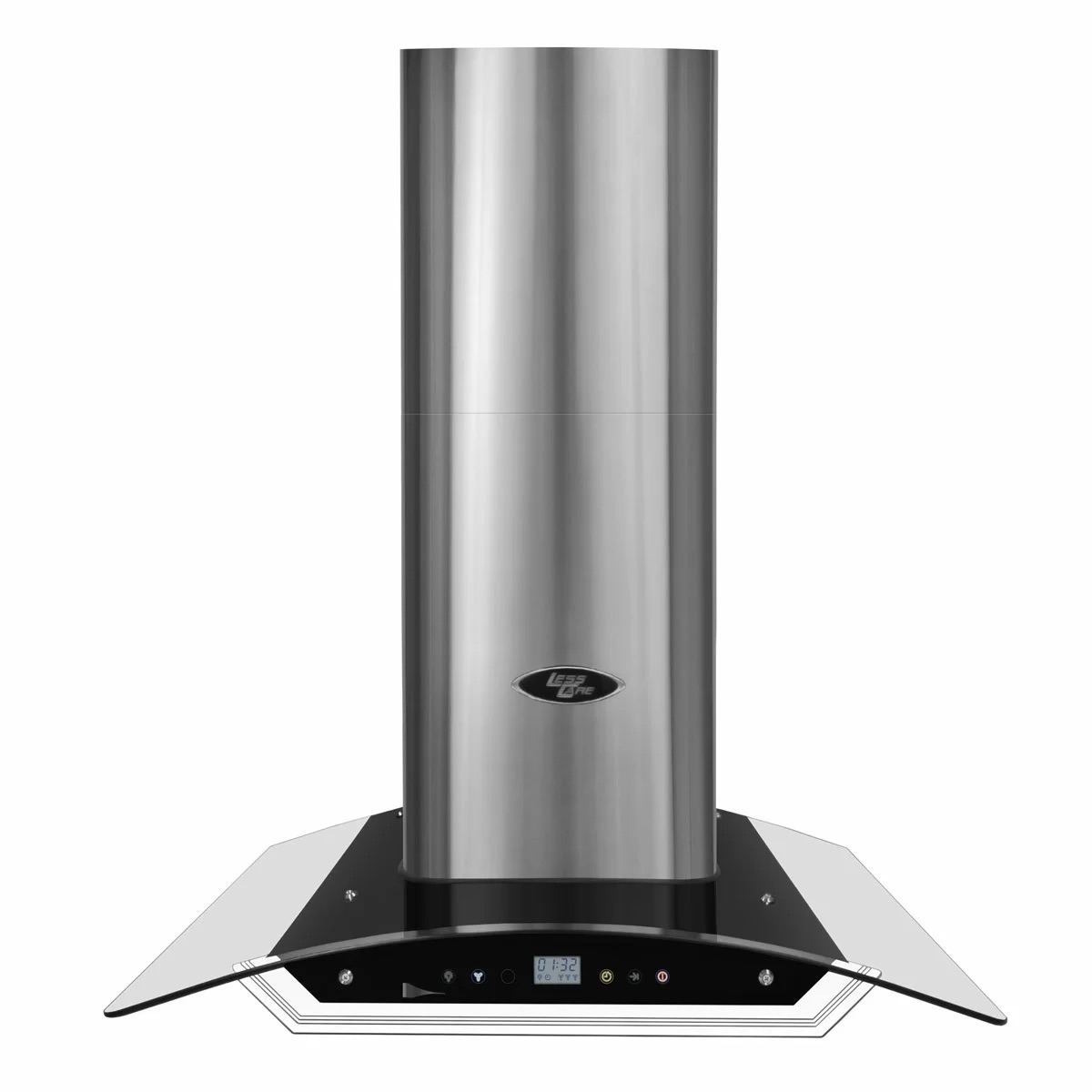
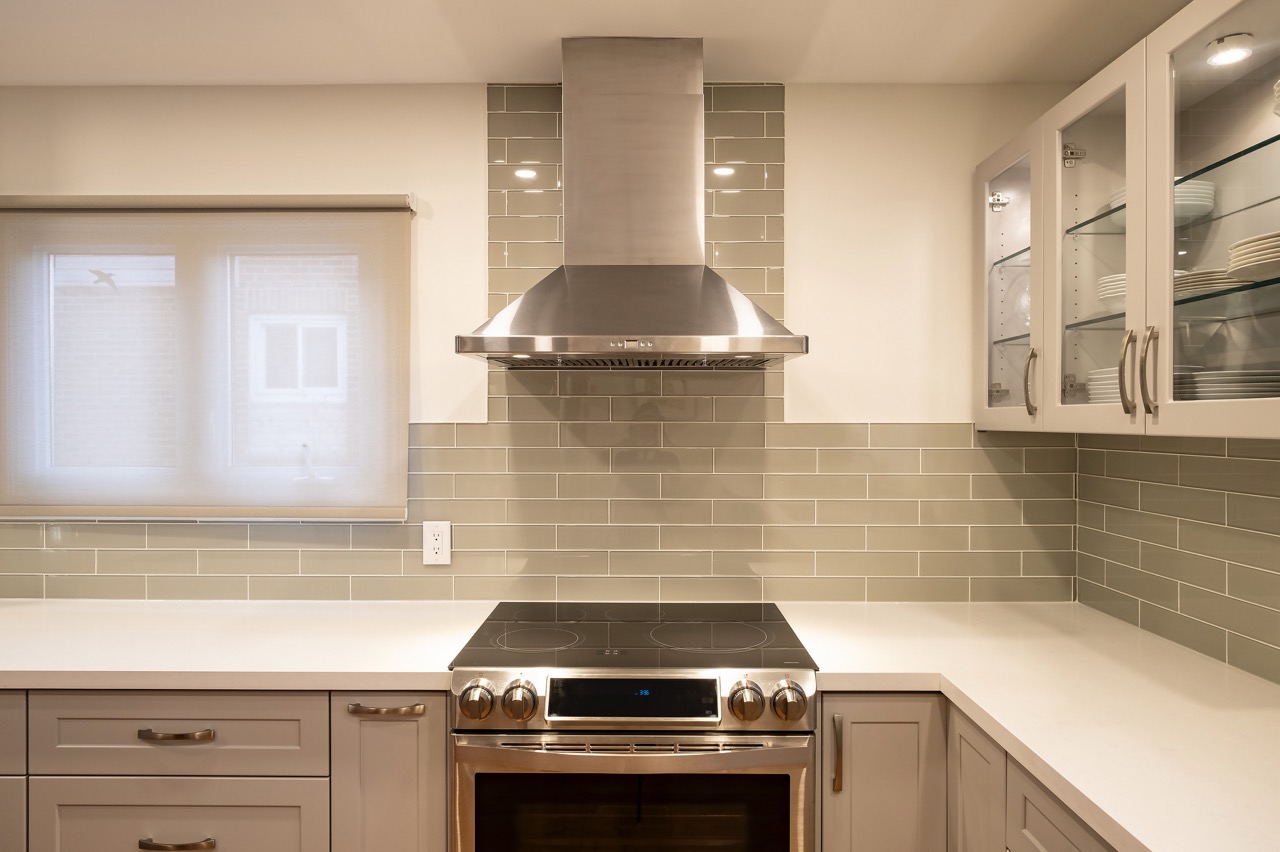
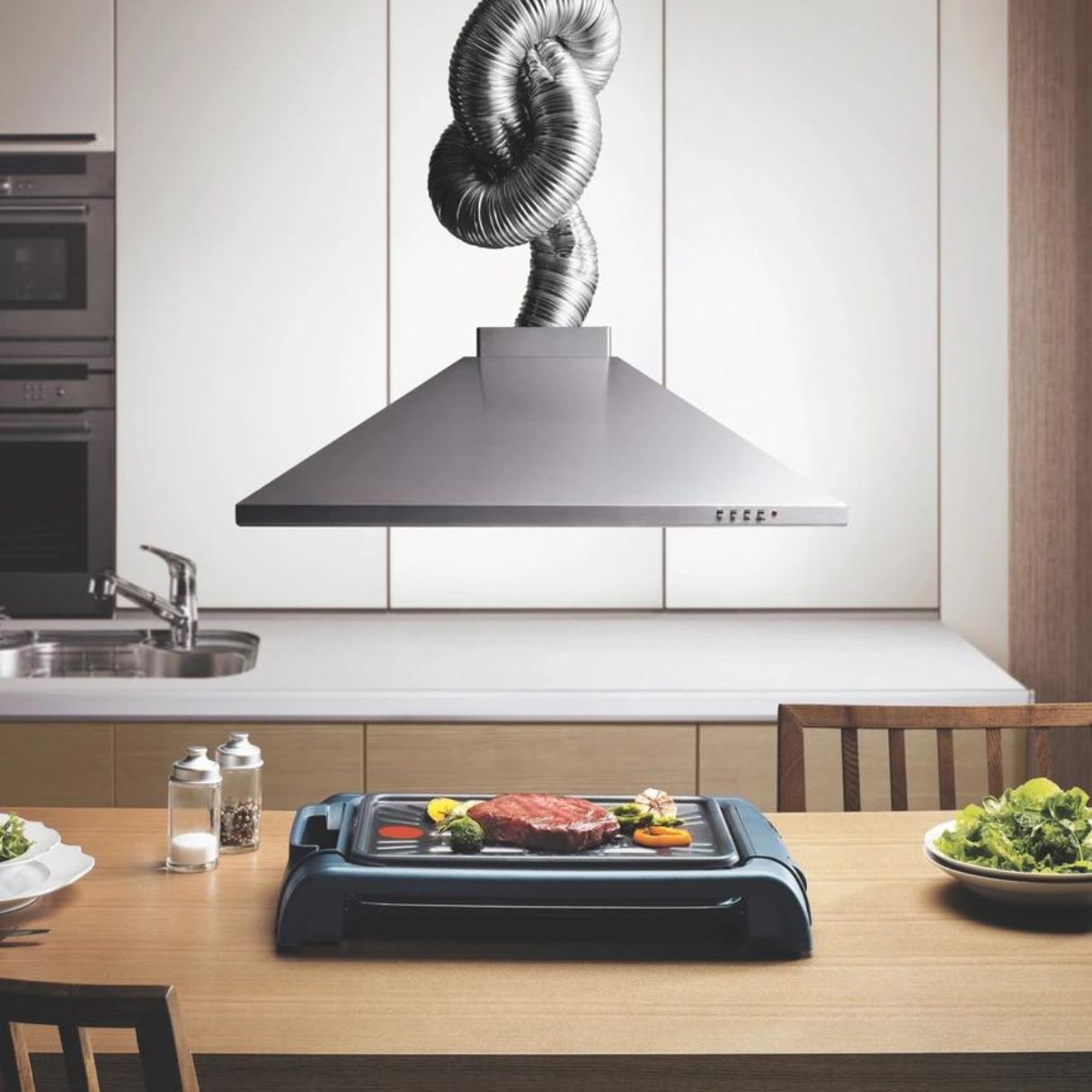
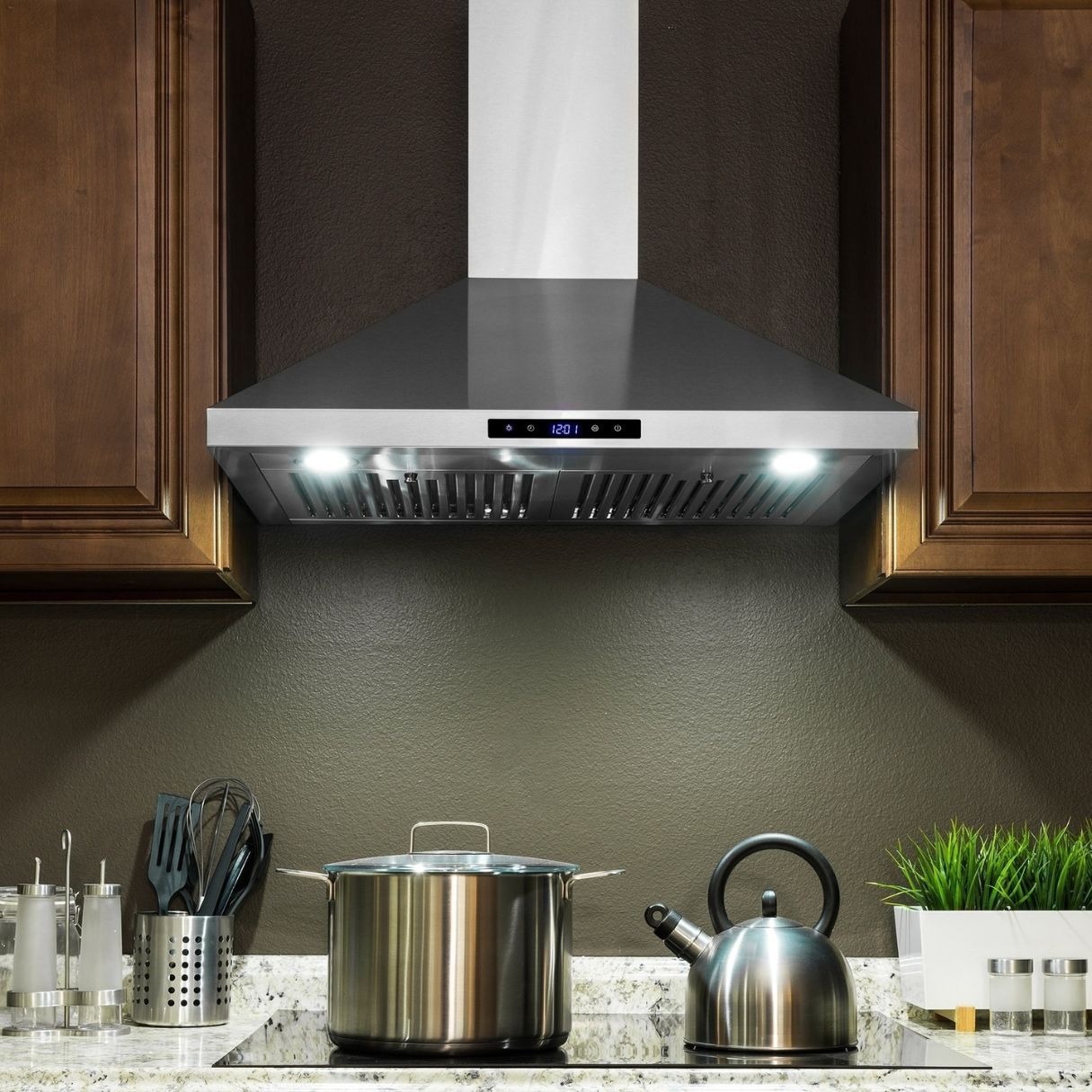
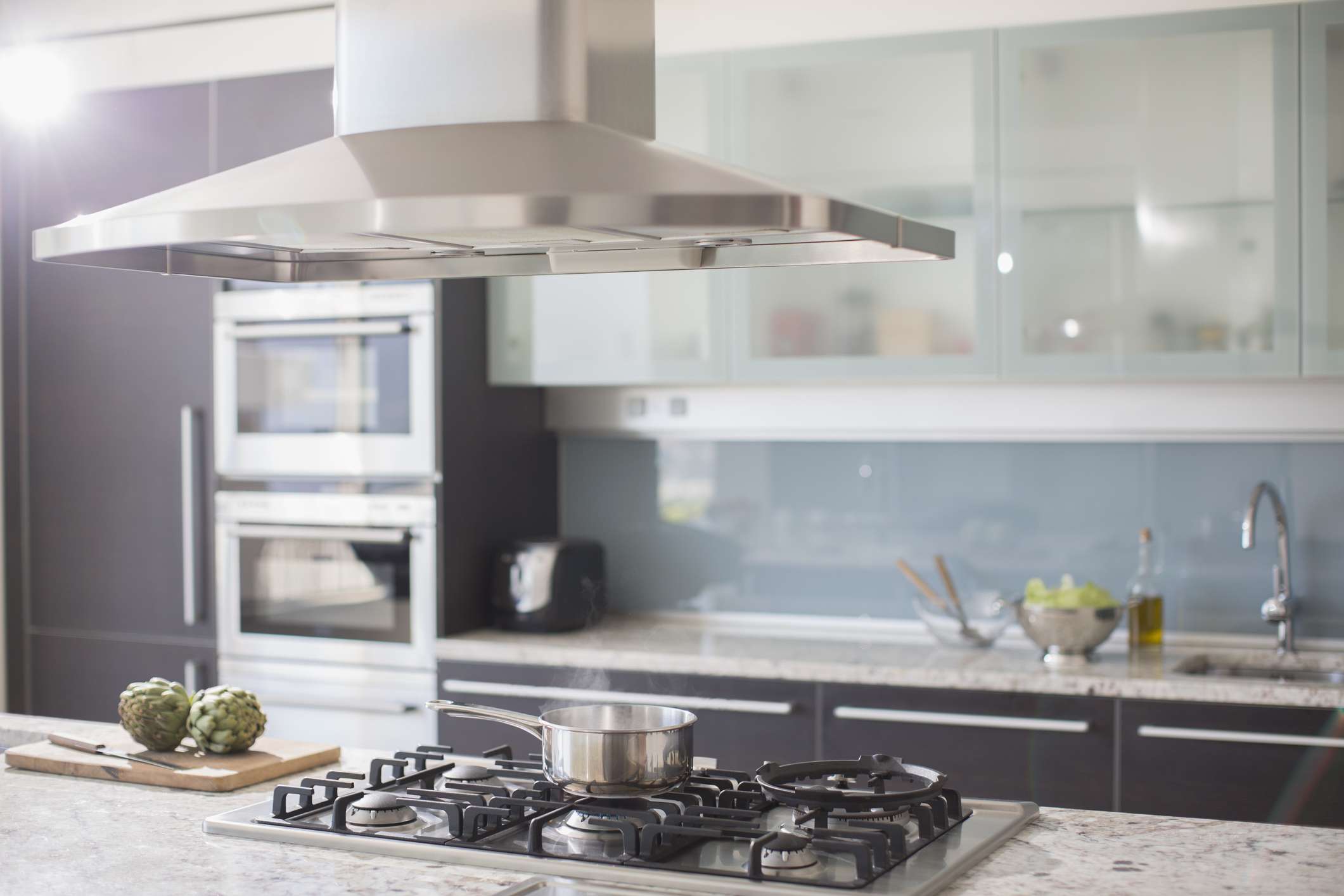
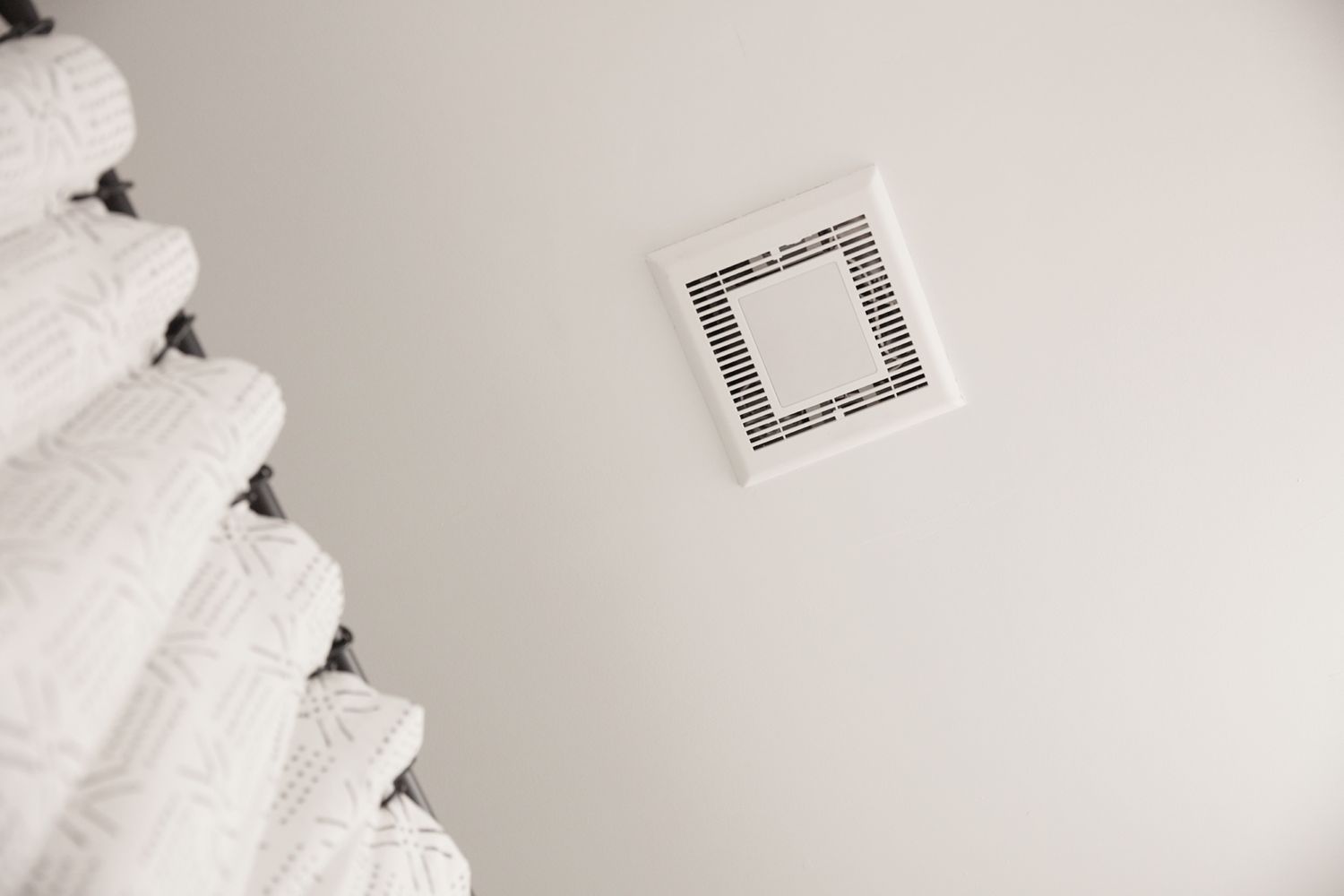
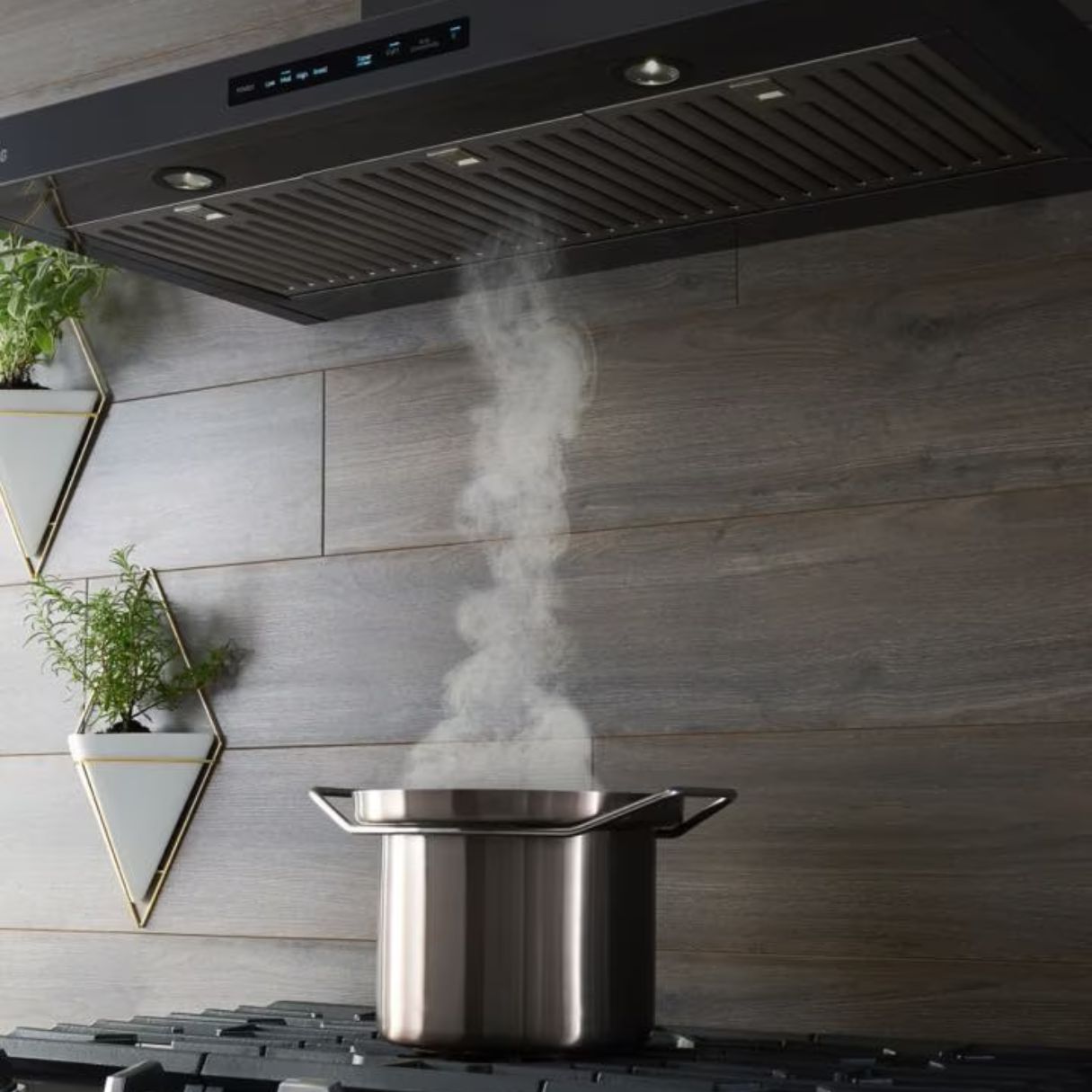
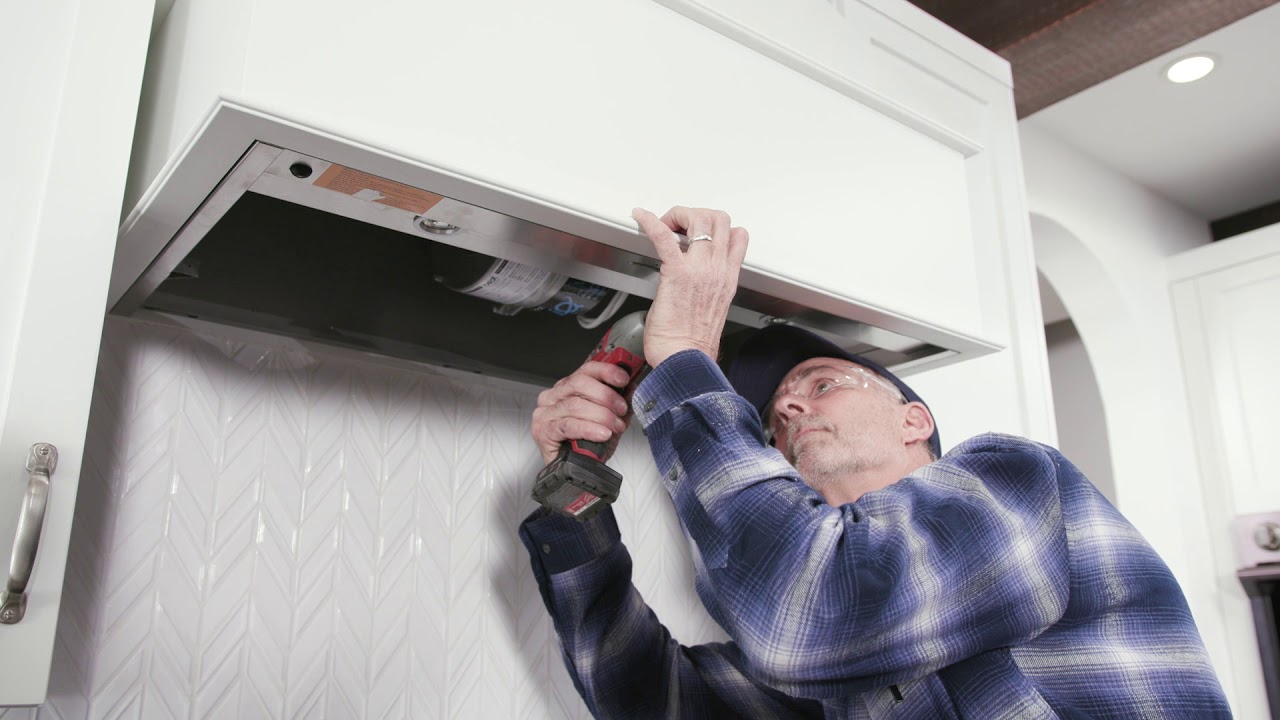

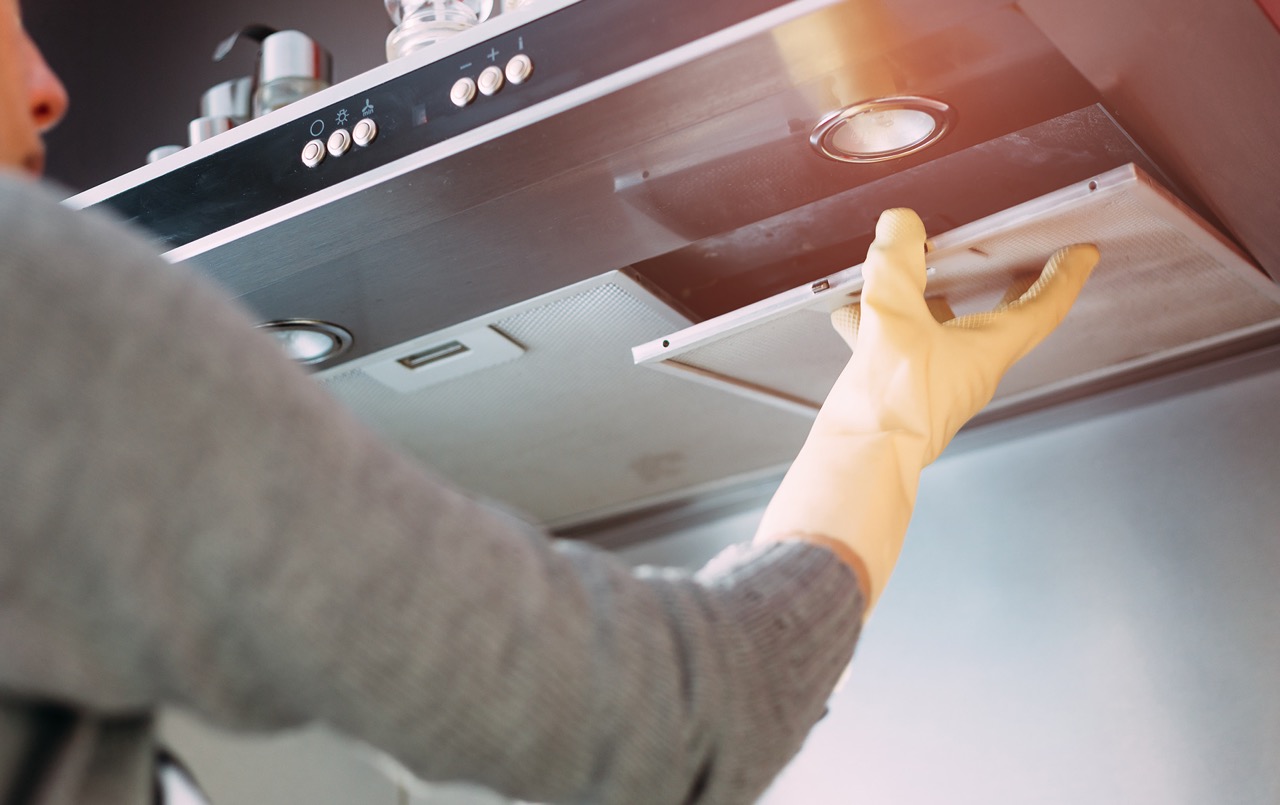
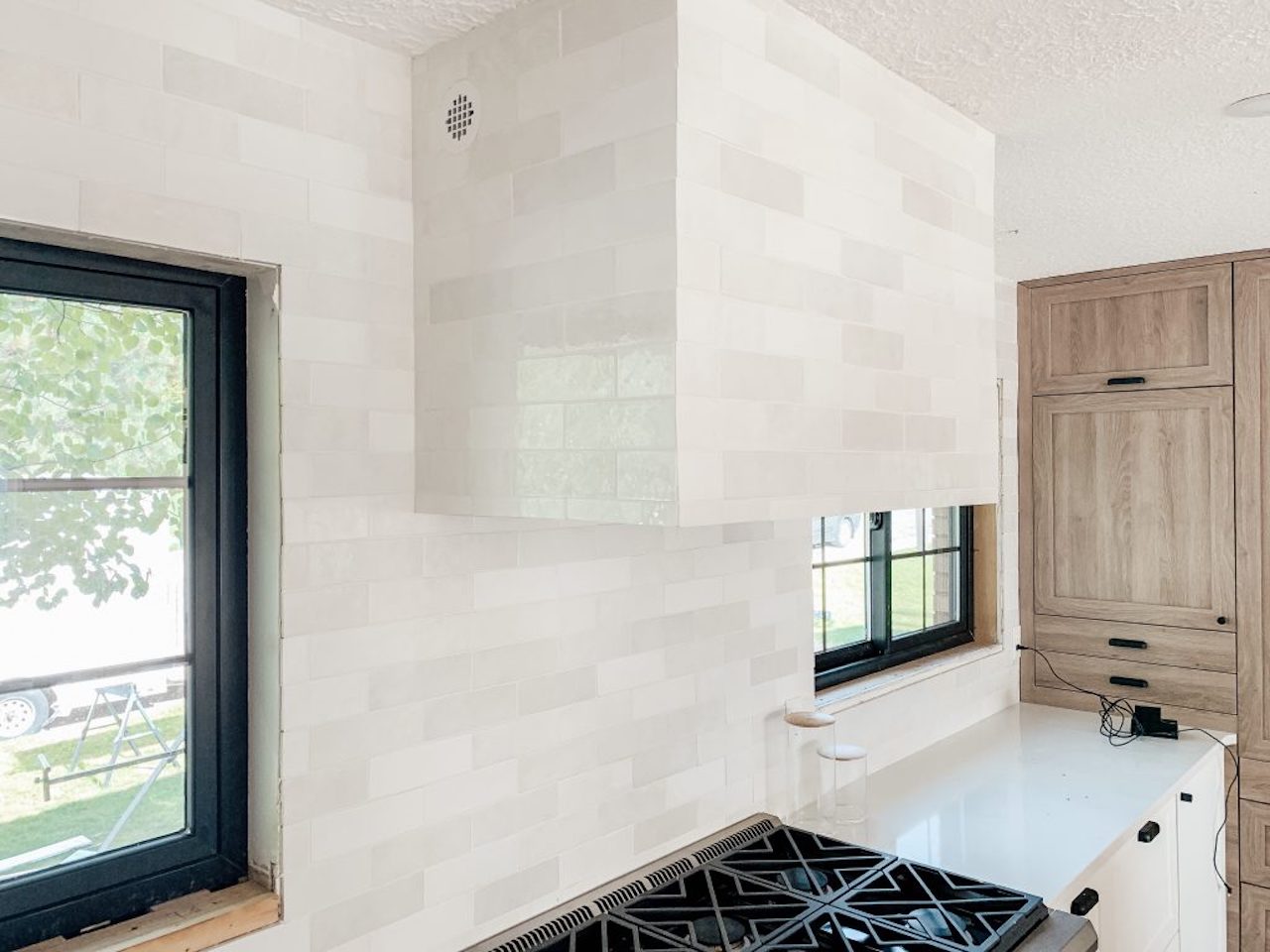
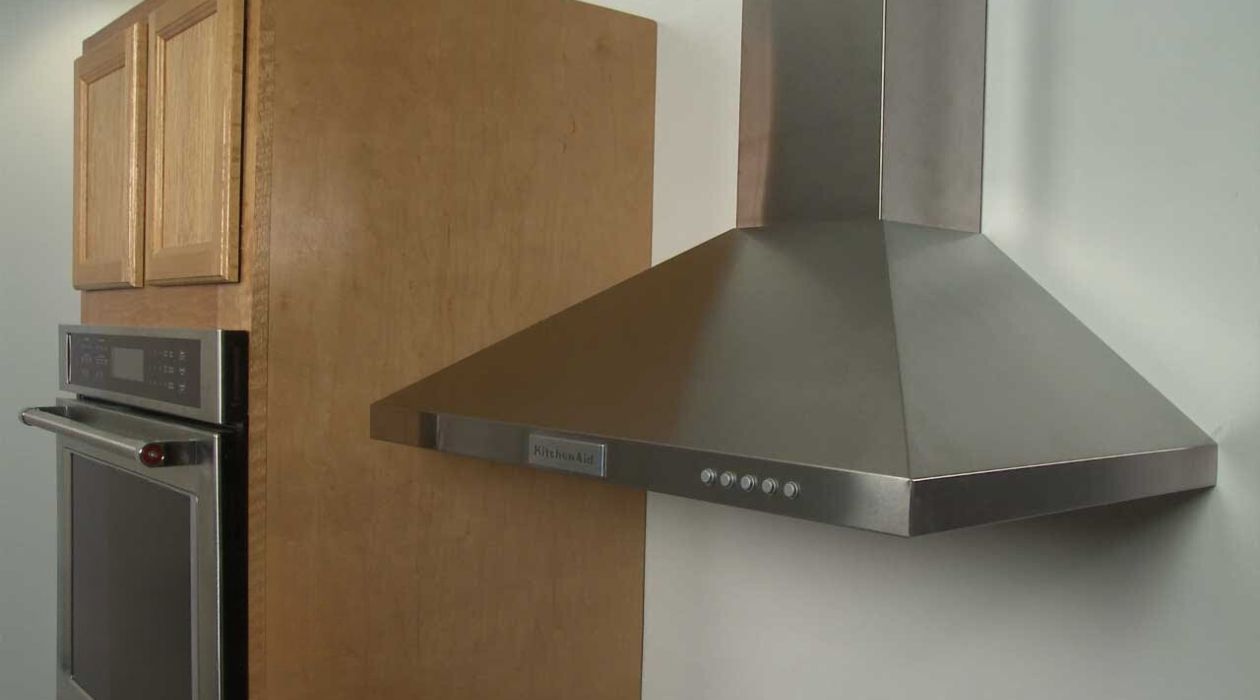

0 thoughts on “How Many CFM Needed For Range Hood”